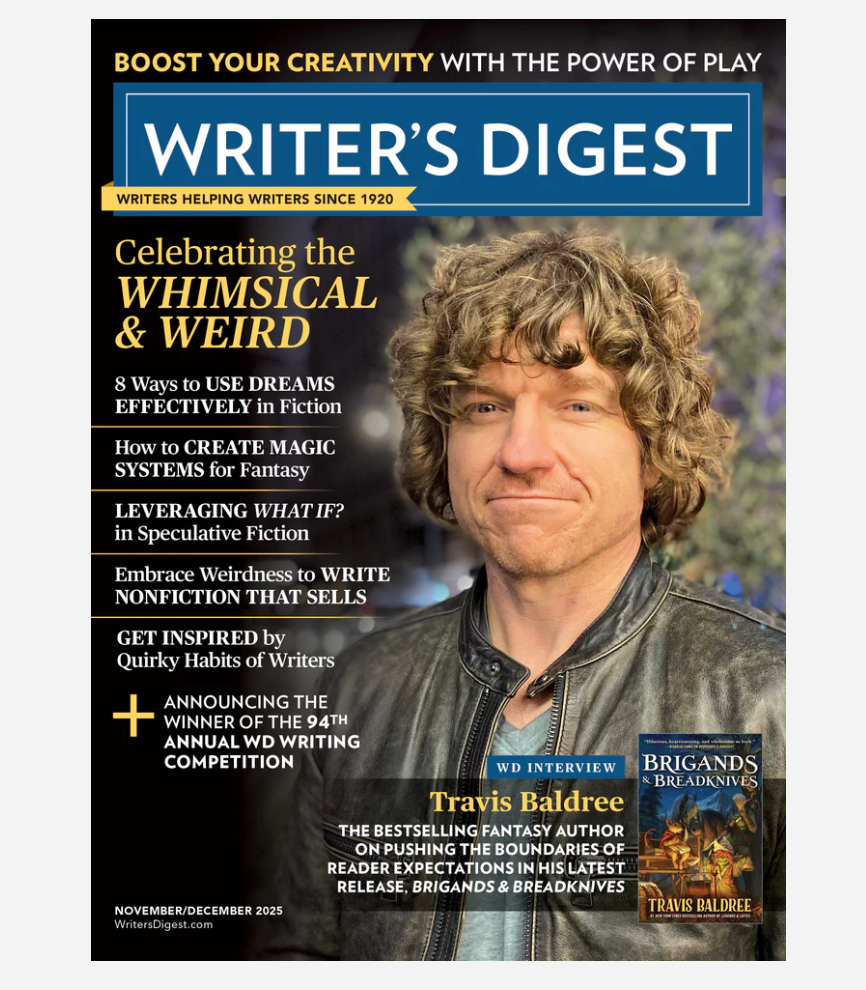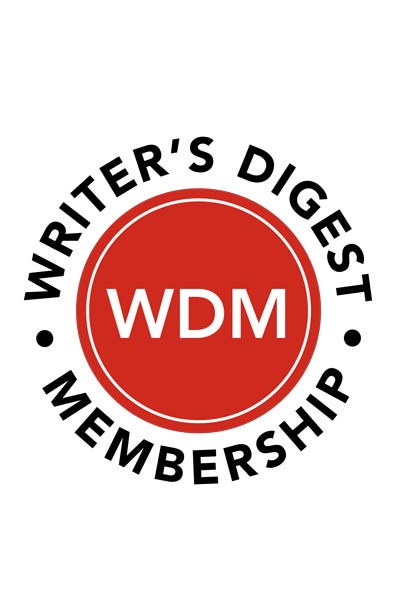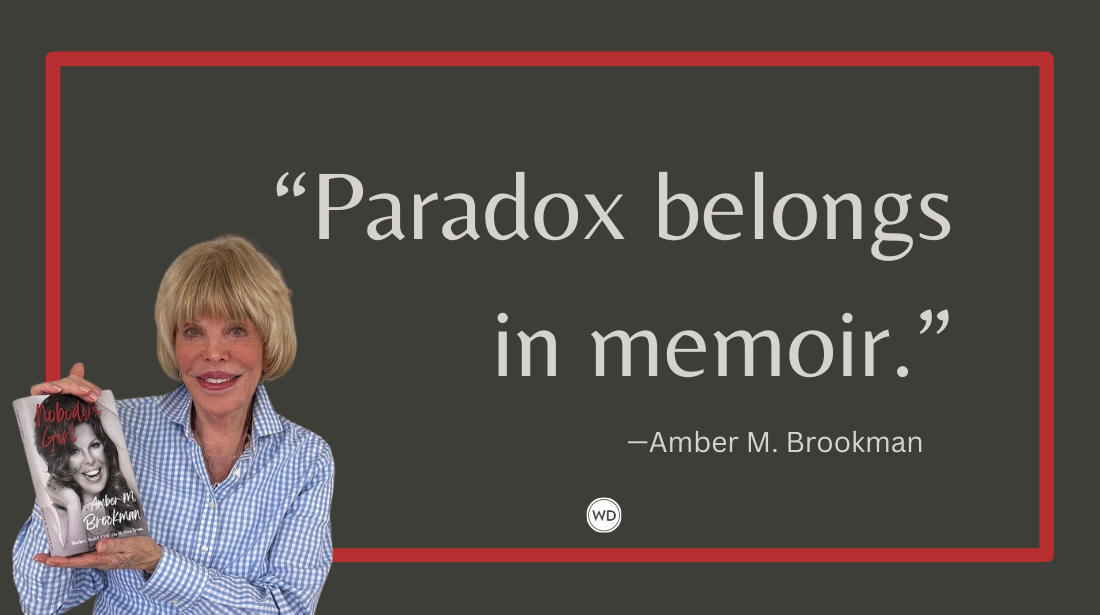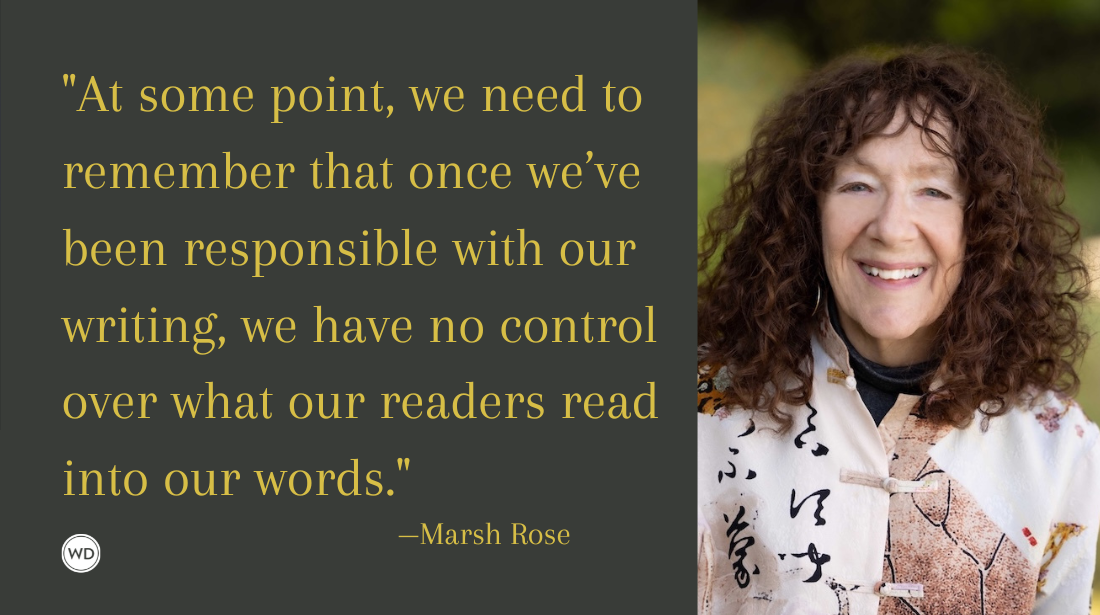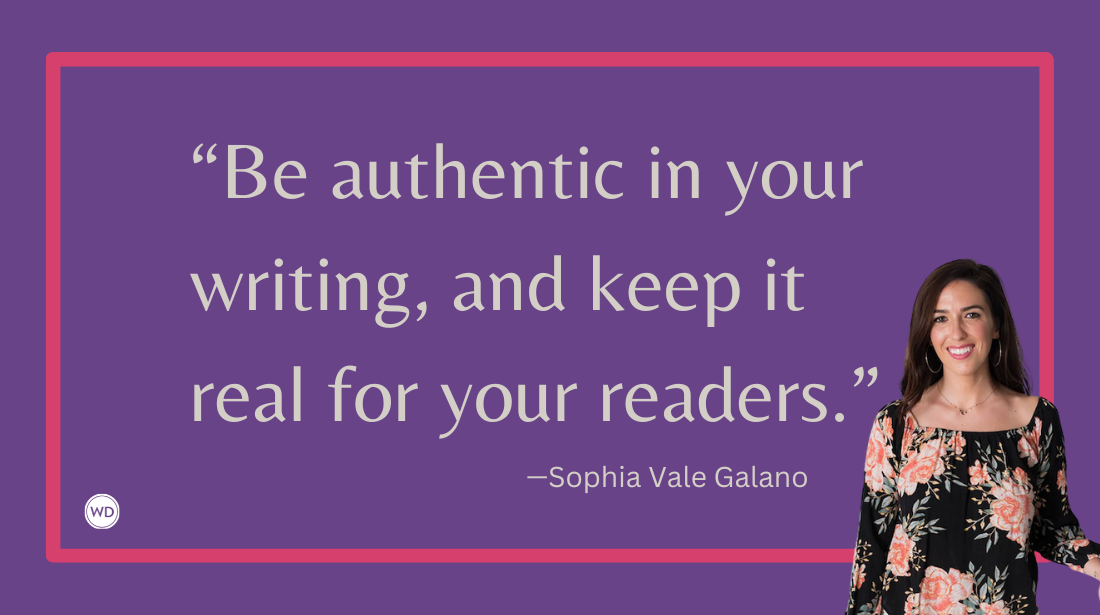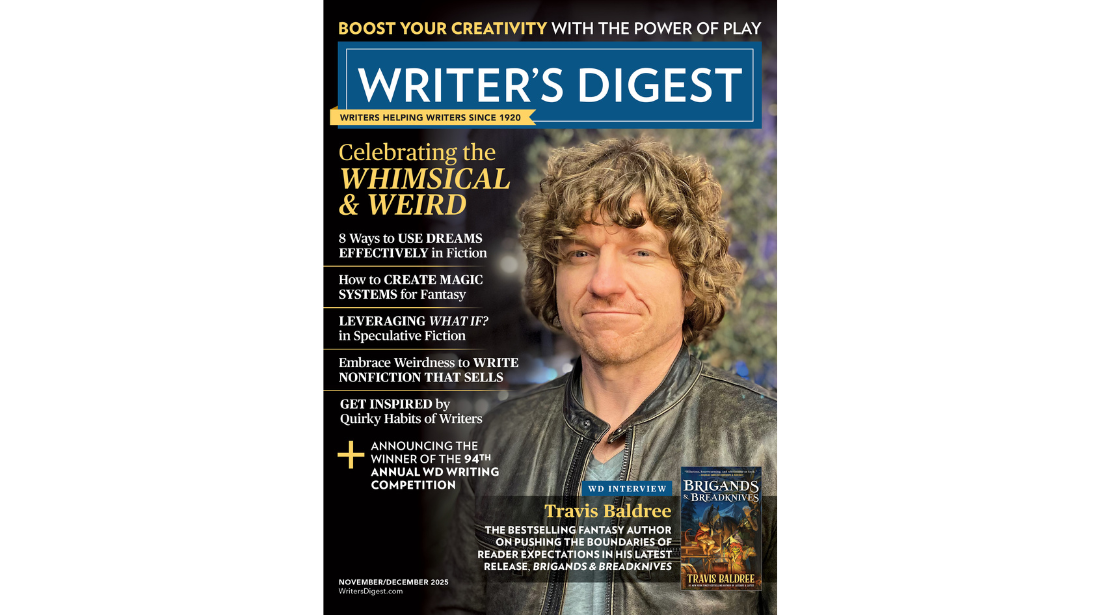What Is a Braided Essay in Writing?
In this post, we look at what a braided essay is, including what makes it different from other types of essays and when writers may prefer to use this style.
It's been a while since we've looked at a new essay form, so let's took a look at what a braided essay is, including what makes it different from other types of essays, including the hermit crab essay, graphic essay, and fragmented essay.
I think you'll find the braided essay can be fun, even if the narrative structure can be a challenge for both the writer and reader alike.
What Is a Braided Essay in Writing?
A braided essay is basically like braided hair in that it weaves multiple threads together to make an essay that works as one cohesive whole. Writers have a few options for pulling off this effect, which can be quite powerful when done successfully.
For instance, if I wanted to write a braided essay about running, I might choose to braid the following strands together:
- Personal running-related story from my past, maybe from high school or college when I was much more competitive with my running.
- Facts about the benefits of running from scientific studies and possibly laced with quotes from health experts.
- Personal running-related story from my present when I'm much more interested in running for enjoyment than for competitive bling.
This is one example. But another might thread together two or three different third-person narratives of runners (maybe each with different running goals, though maybe all with the same goals but different approaches to reaching those goals). And again, this is only one more example. There are many different options for braiding available to essayists.
Of course, braiding different threads together increases the potential for a writer (or reader) to lose focus on which thread they're on at any given time. This can make it challenging to write and to read. But when a writer nails the various threads, the whole can become greater than the sum of its individual parts (or threads, sort of like a braided rope being stronger than any individual thread of twine) through the correlation and juxtaposition of each thread.
*****
This course guides beginning and intermediate writers through elements of how to write a personal essay, helping them identify values expressed in their stories and bring readers into the experiences described. Writers learn how to avoid the dreaded responses of "so what?" and "I guess you had to be there" by utilizing sensory details, learning to trust their writing intuitions, and developing a skilled internal editor to help with revision.


